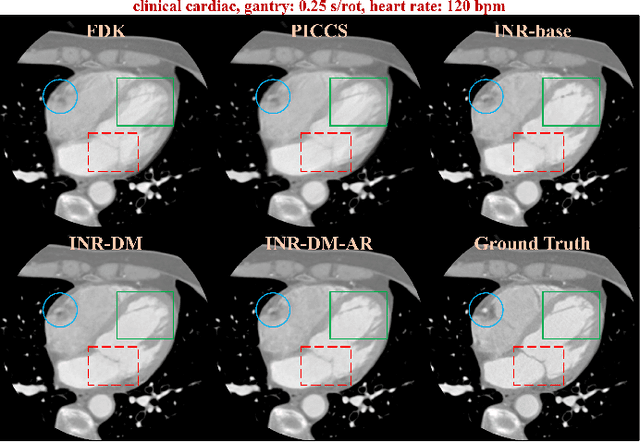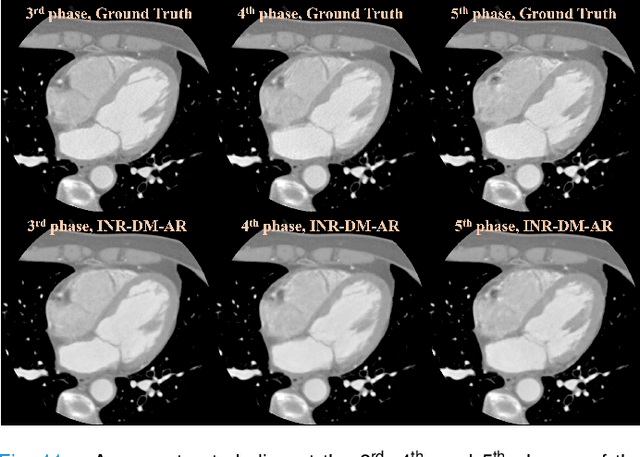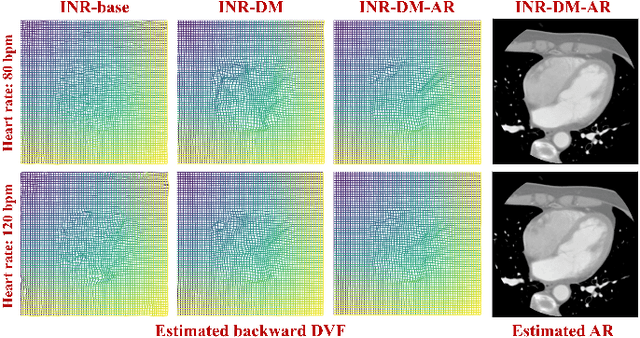Le Shen
Time-step Mixup for Efficient Spiking Knowledge Transfer from Appearance to Event Domain
Sep 16, 2025Abstract:The integration of event cameras and spiking neural networks holds great promise for energy-efficient visual processing. However, the limited availability of event data and the sparse nature of DVS outputs pose challenges for effective training. Although some prior work has attempted to transfer semantic knowledge from RGB datasets to DVS, they often overlook the significant distribution gap between the two modalities. In this paper, we propose Time-step Mixup knowledge transfer (TMKT), a novel fine-grained mixing strategy that exploits the asynchronous nature of SNNs by interpolating RGB and DVS inputs at various time-steps. To enable label mixing in cross-modal scenarios, we further introduce modality-aware auxiliary learning objectives. These objectives support the time-step mixup process and enhance the model's ability to discriminate effectively across different modalities. Our approach enables smoother knowledge transfer, alleviates modality shift during training, and achieves superior performance in spiking image classification tasks. Extensive experiments demonstrate the effectiveness of our method across multiple datasets. The code will be released after the double-blind review process.
Nonperiodic dynamic CT reconstruction using backward-warping INR with regularization of diffeomorphism (BIRD)
May 06, 2025



Abstract:Dynamic computed tomography (CT) reconstruction faces significant challenges in addressing motion artifacts, particularly for nonperiodic rapid movements such as cardiac imaging with fast heart rates. Traditional methods struggle with the extreme limited-angle problems inherent in nonperiodic cases. Deep learning methods have improved performance but face generalization challenges. Recent implicit neural representation (INR) techniques show promise through self-supervised deep learning, but have critical limitations: computational inefficiency due to forward-warping modeling, difficulty balancing DVF complexity with anatomical plausibility, and challenges in preserving fine details without additional patient-specific pre-scans. This paper presents a novel INR-based framework, BIRD, for nonperiodic dynamic CT reconstruction. It addresses these challenges through four key contributions: (1) backward-warping deformation that enables direct computation of each dynamic voxel with significantly reduced computational cost, (2) diffeomorphism-based DVF regularization that ensures anatomically plausible deformations while maintaining representational capacity, (3) motion-compensated analytical reconstruction that enhances fine details without requiring additional pre-scans, and (4) dimensional-reduction design for efficient 4D coordinate encoding. Through various simulations and practical studies, including digital and physical phantoms and retrospective patient data, we demonstrate the effectiveness of our approach for nonperiodic dynamic CT reconstruction with enhanced details and reduced motion artifacts. The proposed framework enables more accurate dynamic CT reconstruction with potential clinical applications, such as one-beat cardiac reconstruction, cinematic image sequences for functional imaging, and motion artifact reduction in conventional CT scans.
MFP-VTON: Enhancing Mask-Free Person-to-Person Virtual Try-On via Diffusion Transformer
Feb 03, 2025



Abstract:The garment-to-person virtual try-on (VTON) task, which aims to generate fitting images of a person wearing a reference garment, has made significant strides. However, obtaining a standard garment is often more challenging than using the garment already worn by the person. To improve ease of use, we propose MFP-VTON, a Mask-Free framework for Person-to-Person VTON. Recognizing the scarcity of person-to-person data, we adapt a garment-to-person model and dataset to construct a specialized dataset for this task. Our approach builds upon a pretrained diffusion transformer, leveraging its strong generative capabilities. During mask-free model fine-tuning, we introduce a Focus Attention loss to emphasize the garment of the reference person and the details outside the garment of the target person. Experimental results demonstrate that our model excels in both person-to-person and garment-to-person VTON tasks, generating high-fidelity fitting images.
IGR: Improving Diffusion Model for Garment Restoration from Person Image
Dec 16, 2024



Abstract:Garment restoration, the inverse of virtual try-on task, focuses on restoring standard garment from a person image, requiring accurate capture of garment details. However, existing methods often fail to preserve the identity of the garment or rely on complex processes. To address these limitations, we propose an improved diffusion model for restoring authentic garments. Our approach employs two garment extractors to independently capture low-level features and high-level semantics from the person image. Leveraging a pretrained latent diffusion model, these features are integrated into the denoising process through garment fusion blocks, which combine self-attention and cross-attention layers to align the restored garment with the person image. Furthermore, a coarse-to-fine training strategy is introduced to enhance the fidelity and authenticity of the generated garments. Experimental results demonstrate that our model effectively preserves garment identity and generates high-quality restorations, even in challenging scenarios such as complex garments or those with occlusions.
 Add to Chrome
Add to Chrome Add to Firefox
Add to Firefox Add to Edge
Add to Edge